ENGL 2112H: World Lit II — Honors — Syllabus

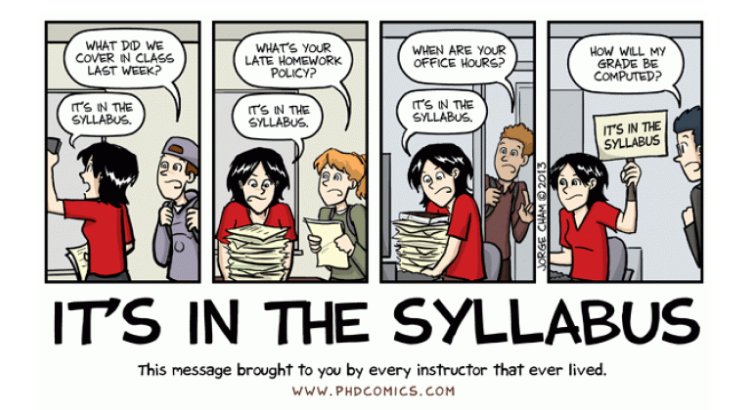
Course Information
ENGL 2112H — Honors World Lit II
CRN: 15685
TR 9:30 am - 10:45 am
Newton Building 1104
Course Description
A survey of representative works of world literature from the mid-17th century to the present, with emphasis on critical reading and writing skills. Prerequisite(s): A minimum grade of "C" in ENGL 1102.
Course Dates
- January 10: Class begins
- January 10-13: Drop-Add period
- March 7: Last day to withdraw with a "W"
- March 14-19: Spring Break
- May 2: Class ends
- May 3: Final exam
Learning Outcomes are the knowledge or skills you should gain (and be able to demonstrate) by the end of a particular course.
Career Readiness Competencies are core competencies developed by the National Association of Colleges and Employers (NACE). They address eight areas where employers agree that your abilities and skills signify your readiness to begin and/or extend your career. Below are the skills you'll have the opportunity to practice in this course.
Upon successful completion of this course, you should be able to:
- Analyze works of literature in their historical and cultural contexts, critically examining the values they express.
- Demonstrate familiarity with literary language, periods, and genres.
| Self-Development |
|
| Communication |
|
| Critical Thinking |
|
| Equity and Inclusion |
|
| Leadership |
|
| Professionalism |
|
| Teamwork |
|
| Technology |
|
These career readiness skills will serve you well no matter what your next steps after graduation might be. Find out more about them on this page of the NACE site.
Required Material
Most reading selections for this class are available as pdf files in Folio, in the Texts folder. You will be required to purchase one book:
Moore, Alan. Watchmen (2019 edition). DC Comics, 2019. ISBN: 9781779501127
Course Structure
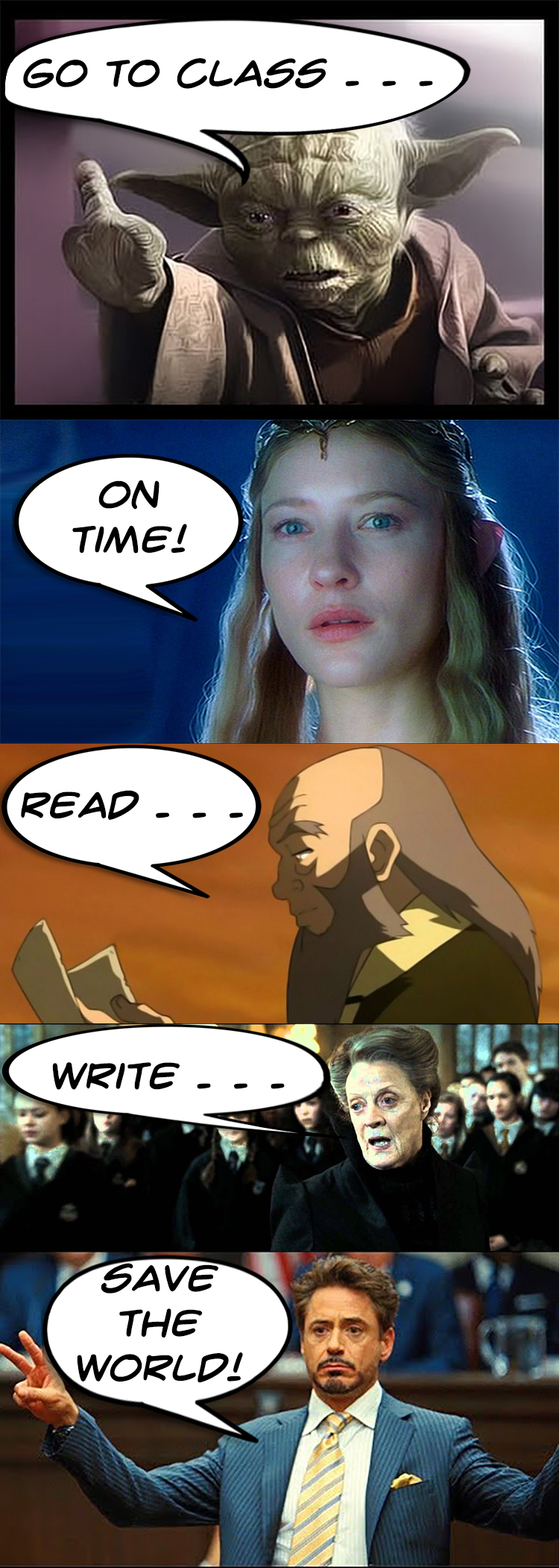
General
This course covers material from the tail end of the 17th century to the beginning of the 21st century. Our readings will reflect on, criticize, promote, and participate in the culture and time period when and where they were created. They will also have something to say about our contemporary period as well.
Backgrounds
Each historical or cultural period we're covering has some background information you should be familiar with. All of them come from my web site, and are linked in the schedule below.
Readings
We're looking at quite a few short pieces, a mixture of prose and poetry. And we'll also cover several longer works, one for each major period addressed in the course (Voltaire's Candide for the Enlightenment, Douglass' Narrative of the Life . . . for Romanticism, and Soyinka's Death and the King's Horseman for Modernism). We'll conclude with an extended study of a contemporary work in a decidedly contemporary genre, the graphic novel, when we address Alan Moore's Watchmen.
It's easy to get behind in these readings, or to avail yourself of online summaries of the longer works. I urge you not to do either. There's a reason why I'm providing all these texts for you; many of the available anthologies have bad translations, or are missing glosses or notes that you'll need to fully understand the text at hand. So if you rely solely on Sparknotes, Cliff's Notes, Shmoop, or any other online shortcut may provide for you, you may be able to fake your way through a class discussion, but you'll be seriously unprepared for your papers and exams.
Papers
You'll write two short papers for this class, both tied to the course learning outcomes. For these, you'll produce a multi-paragraph document of between 500 and 600 words which addresses the prompt thoroughly and demonstrates your knowledge. These essays should be typed and double-spaced, with a 12-point font, and your name in the upper left corner of the first page. You'll submit them to the appropriate dropboxes in Folio, where they will go through the TurnItIn check for academic honesty.
You may use external sources in your essays, and if you do you will need to acknowledge where you got your information from. And if you use the source's language, put it in quotation marks.
You will get two bites of this apple, because the prompts for each of these essays will be almost exactly the same, and they will directly address the Learning Outcomes for this course.
As a reminder, the learning outcomes for this course are : 1) the ability to analyze works of literature in their historical and cultural contexts, critically examining the values they express, and 2) the ability to demonstrate familiarity with literary language, periods, and genres. In these assignments, you'll show your competence in the second outcome as you specifically address the first outcome. In a nutshell, you'll choose one of the texts we've covered up to a certain point in the class, develop a list of the values you think are expressed within that text, then support your analysis by showing three different places in the text where you see those values expressed. Along the way to proving your point, you'll need to use the appropriate literary language. A more thorough prompt for each paper is below.
My comments on your papers will be available to you through the Grademark view in the TurnItIn section (click on your TurnItIn score to access this).
Exams
We'll have two multiple-choice exams, one halfway through the course and one at the end of the course. These will be 33 questions each, with roughly 1/3 of the questions in these three areas: identification of a text, historical and cultural contexts for a text, and thematic concerns within a text.
Course Expectations
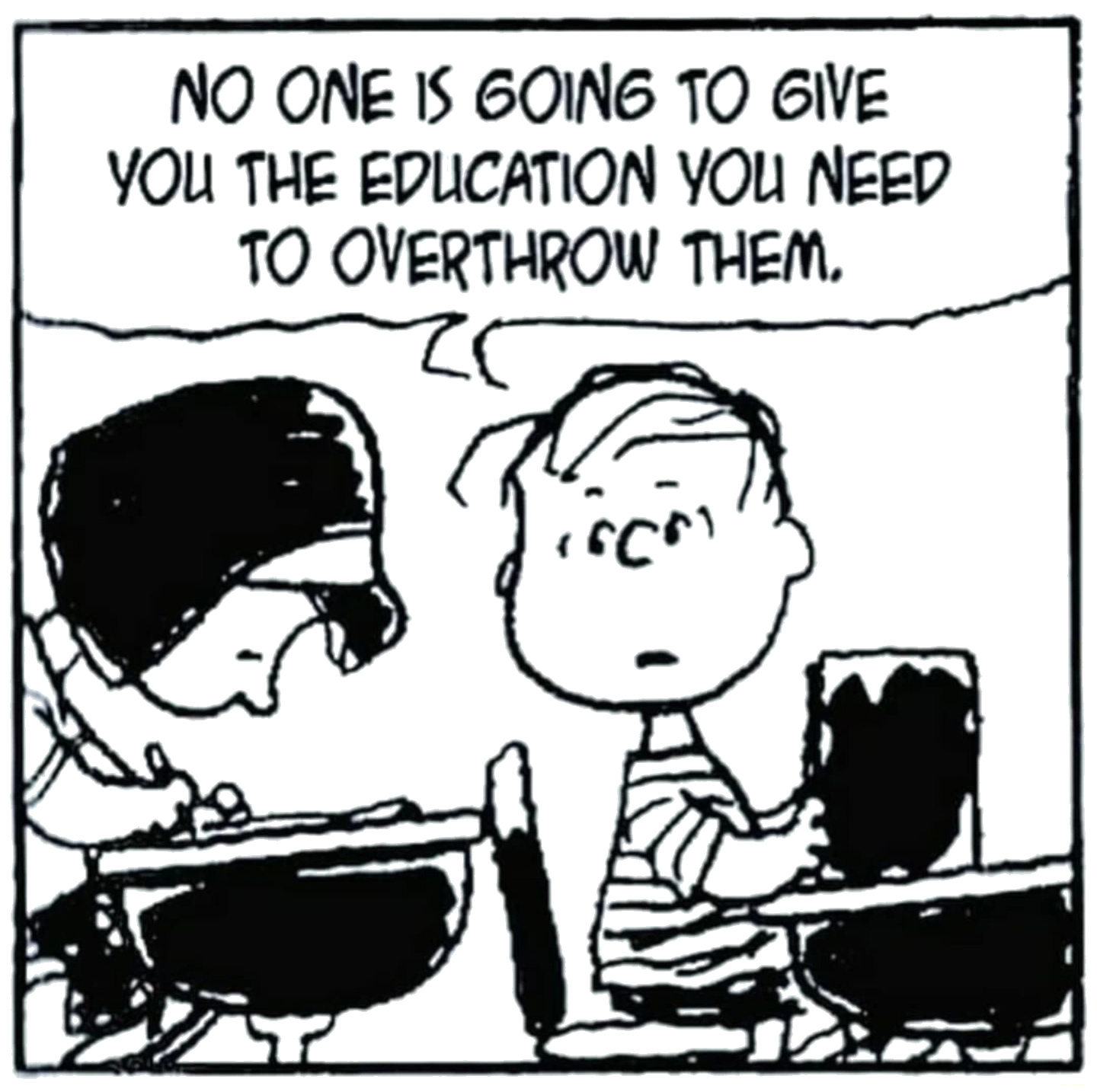
Learning Commitment
The "Carnegie Unit" is how universities define credit hours and categorize the amount of work students do for each credit hour. Each credit requires fifteen "contact hours" which are essentially the hours you spend in class during the semester. And each contact hour requires two hours of outside work, or time devoted to the class that doesn't happen in the class. This is a three-credit course, with 45 contact hours. Those 45 contact hours necessitate at least 90 hours of out-of-class work on your part. That's at least 135 hours committed for each three-credit class that you take.
If you're not a self-starter, or you have problems with deadlines, or you just don't think you can commit to this level of work, you should probably look for another section of this class.
Academic Integrity

I expect that you will conduct yourself within the guidelines of the Honor System. All academic work should be completed with the high level of honesty and integrity that this University demands.
I do not tolerate academic dishonesty. Beyond the moral implications, I find it insulting. All instances of plagiarism will be reported to the Office of Student Conduct. Any instance will result in an F in the course and possibly further sanctions. Plagiarism is presenting someone else's work as your own without giving them credit. Someone else is defined as anyone other than you: another student, a friend, relative, a source on the Internet, articles or books. And work is defined as ideas as well as language. So taking someone else's ideas and putting them in your own words—or using someone else's words to express your ideas—is plagiarism. And, in the case of friends and family, it doesn't matter if they give you permission.
A note about group work: I encourage you to read and discuss these texts together outside of class. It is, in fact, the core of our endeavor, to hone our own ideas on these texts through discussions with others. You should also discuss your writing with your classmates, as hearing a number of ideas will help you create and polish your own. However, this does not mean that you should write your papers as a group. While discussion is obviously a group activity, writing is a solitary one, and should be treated as such. Any attempt to subvert this would be an instance of academic dishonesty.
The University has a more extensive definition of Academic Dishonesty (from the Student Conduct Code):
CHEATING
- submitting material that is not yours as part of your course performance;
- using information or devices that are not allowed by the faculty;
- obtaining and/or using unauthorized materials;
- fabricating information, research, and/or results;
- violating procedures prescribed to protect the integrity of an assignment, test, or other evaluation;
- collaborating with others on assignments without the faculty's consent;
- cooperating with and/or helping another student to cheat;
- demonstrating any other forms of dishonest behavior.
PLAGIARISM
- directly quoting the words of others without using quotation marks or indented format to identify them;
- using sources of information (published or unpublished) without identifying them;
- paraphrasing materials or ideas without identifying the source;
- Self-plagiarism: re-submitting work previously submitted without explicit approval from the instructor;
- unacknowledged use of materials prepared by another person or agency engaged in the selling of term papers or other academic material.
Should you wish to pursue a case of academic dishonesty through the Office of Student Conduct, I will speak at your hearing and send a copy of this syllabus along with the documents in question to the Hearing Officer, so a plea of ignorance or non-malicious intent on your part will not be valid.

Course Schedule
| DATE | READING | DUE |
|---|---|---|
1/11 |
Introduction to the Course |
|
1/13 |
Voltaire, Candide — chapters 1-16 |
|
1/18 |
Voltaire, Candide — chapters 17-30 |
|
1/20 |
Yoshiwara — The Floating World (jpellegrino.com/teaching/floatingworld.html}
|
|
1/25 |
Introduction to Romanticism (jpellegrino.com/teaching/romanticism.html) |
|
1/27 |
Blake, "The Chimney Sweeper" [1]; "The Chimney Sweeper" [2]
|
|
2/1 |
Keats, "To Autumn"
|
|
2/3 |
Whitman, from “Song of Myself”
|
|
2/8 |
Douglass, Narrative of the Life of Frederick Douglass, An American Slave — chapters 1-9 |
|
2/10 |
Douglass, Narrative of the Life of Frederick Douglass, An American Slave — chapters 10-epilogue |
|
2/15 |
Tagore, "Punishment" |
|
2/17 |
EXAM 1 |
|
2/22 |
Introduction to Modernism (jpellegrino.com/teaching/modernism.html)
|
|
2/24 |
Yeats, "The Second Coming”; “Leda and the Swan” |
|
3/1 |
Eliot, "The Love Song of J. Alfred Prufrock" |
Paper 1 |
3/3 |
Akhmatova, “Requiem” |
|
3/8 |
Négritude jpellegrino.com/teaching/negritude.html |
|
3/10 |
Existentialism (jpellegrino.com/teaching/existentialism.html) |
|
3/22 |
Borowski, ”This Way for the Gas, Ladies and Gentlemen" |
|
3/24 |
Mahfouz, “Zaabalawi” |
|
3/29 |
Walcott, “As John to Patmos”; “The Sea is History” |
|
3/31 |
Soyinka, Death and the King’s Horseman — acts 1-3 |
|
4/5 |
Soyinka, Death and the King’s Horseman — acts 4-5 |
|
4/7 |
Heaney, “Digging”; “Requiem for the Croppies”; “The Tollund Man” |
|
4/12 |
Heaney, “Punishment”; “Clearances”; “Keeping Going” |
|
4/14 |
Post-WWII Culture (jpellegrino.com/teaching/post-wwiiculture.html) |
|
4/19 |
Moore, Watchmen, chapters 1-3 |
|
4/21 |
Moore, Watchmen, chapters 4-6 |
|
4/26 |
Moore, Watchmen, chapters 7-9 |
|
4/28 |
Moore, Watchmen, chapters 10-12 |
|
5/3 |
10:00 — EXAM 2 |
Instructor

Dr. Pellegrino
I'm Dr. Joe Pellegrino, an Associate Professor in the Literature department. I teach lots of different classes. My specialties are Irish literature and postcolonial literature, so I end up doing classes that don't fit into the standard Brit Lit/American Lit model: Irish lit, African lit, etc. For instance, this semester I'm also teaching a course on mythology. Basically, if other people in my department can teach it, I don't teach it.
It seems like I went to school forever, and went to lots of different schools: Duquesne University, St, Louis University, Mannes College of Music, The New England Conservatory, and UNC-Chapel Hill, which is where I did my last degree. I've also taught at a lot of schools: Duquesne, UNC, Eastern Kentucky University, University of South Carolina-Upstate, Greenville Tech, Converse College, and here at GS. I've got some experience in online education; I was a University Director for the (short-lived) Kentucky Commonwealth Virtual University, and have taught online classes for over 20 years now.
Professionally, I also edit two international journals, The Journal of Global Postcolonial Studies and The International Journal for the Scholarship of Teaching and Learning. I'm interested in a number of fields, but most of my publications are either on Irish studies, postcolonial lit, or teaching.
I have only one item on my bucket list: to see the Northern Lights. One day I'll get there, but in the meantime I'm raising two daughters, making heirloom furniture (pretty much a middle-aged guy cliché), keeping up with new technology, wishing I could spend more time doing music, and trying to keep my head above water.
Contact Information
- Email: jpellegrino@georgiasouthern.edu
- Phone: 912.478.5853
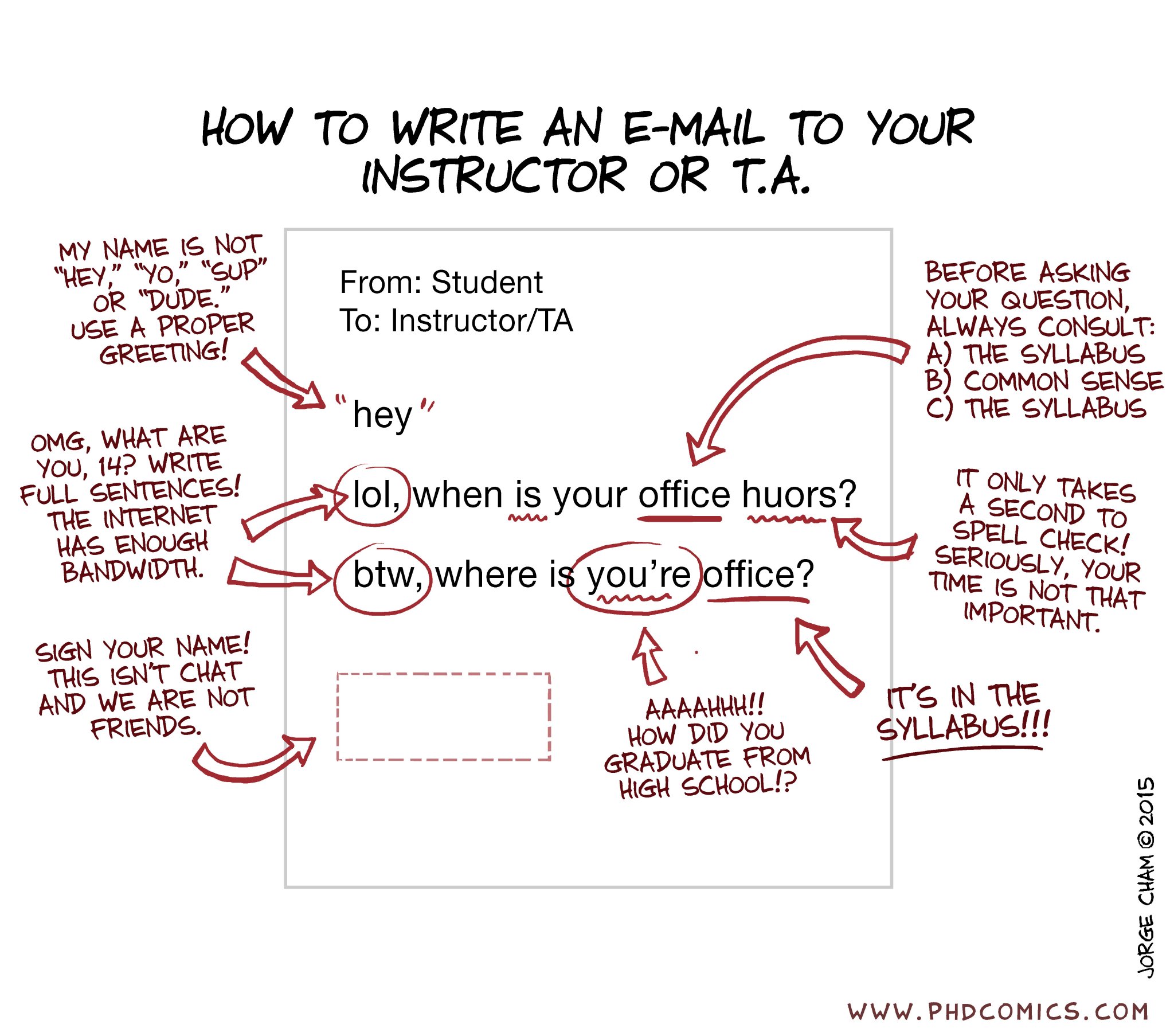
A WORD ABOUT EMAIL
Please don't hesitate to post to me if you have a question about any of the readings, especially if you're struggling to figure them out. But please think twice about posting questions where the answer is in this syllabus. If you do, I have two options for a reply: I can copy and paste material from the syllabus or schedule just for you, but that's redundant, since you already have access to the material. Or I can reply with something like "check the syllabus" or "check the schedule," which you should already know to do. Since neither of those are satisfactory, if you ask a question that is already answered in the syllabus or in the schedule, I won't be replying at all. So if you don't hear back from me, you should know that the answer to your question is in this document.
CLASS POLICIES
Writing Proficiency
If you need additional work on the surface features of your writing, I will require you to schedule sessions at the Writing Center in order to pass the course. If you're unable to get to campus in order to meet with the Writing Center staff, you'll have to provide documentation that you availed yourself of some other tutoring, editing, or proofreading service.
Course Work
All electronically-submitted assignments will be placed in the appropriate dropbox section or discussion forum of the Learning Management System (Folio).
I DO NOT ACCEPT LATE ASSIGNMENTS. NO EXCEPTIONS, NO EXCUSES. A late assignment is any work that is not turned in during the class period in which it is due. This means that you must anticipate any problems that will occur. In other words, a computer / printer / drive / car / arm being broken at the last minute is not an excuse. To avoid last-minute catastrophes (which always occur), DO NOT WAIT UNTIL THE LAST MINUTE TO DO YOUR WORK.
Accessibility Accommodation
In compliance with the Americans with Disabilities Act (ADA), this course will honor requests for reasonable accommodations made by individuals with disabilities or demonstrating appropriate need for learning environment adjustments. Students must self-disclose their disability to the Student Accessibility Resource Center (SARC) before academic accommodations can be implemented.
For additional information, please call the SARC office at (912) 478-1566 on the Statesboro campus, or at (912) 344-2572 on the Armstrong and Liberty campuses.
Attendance
The University Undergraduate Catalog states unequivocally: “Students are expected to attend all classes.” Attendance in this class is not optional. Attending class means that you are present and attentive for the whole class period and that you are prepared for the day’s lesson. If you miss a class, regardless of the excuse, it will be counted as an absence (unless you are missing for a University-sanctioned reason). You do not want me in the position of deciding whose excuse is valid and whose isn’t, so I don’t need any documentation for your absences. If you’re within the limit it is not necessary, and after the limit it will not matter.
But life gets complicated. So you'll have a free pass to miss almost 15% of our classes. I certainly don't encourage you to do so, but I'll give you two weeks of absences (that's four classes) before you begin to negatively affect your grade for the class. If you are absent more than four times, regardless of the excuse, your final grade will be lowered by 2.5% for every subsequent absence. If you have to miss more than your allotted absences, there is obviously something going on in your life which does not allow you to pursue this degree wholeheartedly, so you should consider withdrawal. Keep this in mind when using your absences—that’s ALL you will be allowed. I do not accept ANY excuse after that.
By now you recognize that arriving on time for class is, at its core, a sign of respect for your classmates and your professor. Tardiness, therefore, is a statement saying that your time is more important than anyone else’s. I will strike a blow for the group by counting every instance of tardiness as 1/3 of an absence. So, if you’re doing the math, you can be tardy several times without any consequences, save the collective disdain for your actions. And yes, your tardiness works in conjunction with your absences, so a combination of the two will push you toward the negative consequences outlined above.
Contingencies
Given the current state of the Covid-19 pandemic, and the predictions for a significant surge in cases during this semester, I've got a couple of plans in place:
- If the institution shuts down:
We will move completely to Zoom sessions for our classes, and exams will be administered through Folio. Exams will be available in Folio for the entire day on which they're scheduled. You can take the exam at any time during that 24-hour period. Once you open the exam, you'll have the usual amount of time to complete it (75 minutes for Exam 1, 120 minutes for Exam 2). All other course activities will continue as planned. Class discussions may be a bit more forced, but we'll muddle through. - If you are under quarantine:
I can't grant you any exemption to the attendance policy unless I receive a report from the GS CARES Team about your status. You can't just email me to say that you think you might have the virus and are self-isolating in order to minimize the chance of infecting others. That means that if you think you might have been exposed, or if you have tested positive, you must complete a COVID-19 Health Reporting Form, which can be found in the COVID-19 Information & Resources section of your MyGeorgiaSouthern page.
If you do have a CARES report and must self-isolate, it'll be like this class did not exist for you during your period of isolation. So those absences will not count against your total absences for the class (see the Attendance policy above), and you will neither gain nor lose points for the class discussions you missed. If a paper is due during your quarantine, you'll have an extension until you return to class. If you miss either exam, we'll work that out on a case-by-case basis.
Cultural values are what shape society, and shape and influence the people who live within that society. They are abstract concepts promoting the idea that certain kinds of behaviors are good, right, ethical, moral, and therefore desirable. They're usually considered as existing on a spectrum, where the ends of that spectrum are two oppositional ways of being in the world. Here are some examples of some common cultural values, expressed as opposing forces:
| open | «— | — | — | — | — | — | — | — | — | —» | insular |
| being | «— | — | — | — | — | — | — | — | — | —» | doing |
| individualism | «— | — | — | — | — | — | — | — | — | —» | collectivism |
| indulgence | «— | — | — | — | — | — | — | — | — | —» | self-control |
| minimalist | «— | — | — | — | — | — | — | — | — | —» | plentiful |
| comfortable with ambiguity | «— | — | — | — | — | — | — | — | — | —» | need for certainty |
| materialist | «— | — | — | — | — | — | — | — | — | —» | spiritual |
| gender equality | «— | — | — | — | — | — | — | — | — | —» | rigid gender roles |
| other-focused | «— | — | — | — | — | — | — | — | — | —» | self-focused |
| future-oriented | «— | — | — | — | — | — | — | — | — | —» | present- or past-oriented |
| youth-oriented | «— | — | — | — | — | — | — | — | — | —» | age-oriented |
| monocultural | «— | — | — | — | — | — | — | — | — | —» | diverse |
NOTE: The list above is made up of pairs of opposites. Each pair IS NOT a cultural value. Rather, what a culture values falls somewhere along the line connecting those opposites. So, for instance, a culture could demonstrate gender equality, but if it did so, it would not also enforce rigid gender roles. Or a group of people could value rationality when they make their life decisions, but they would not at the same time privilege making life decisions based on your emotions.
In this first essay, you will offer an analysis of the cultural values presented in any of the works we've covered up to this point. So you can write on either Candide, Life of a Sensuous Woman, Narrative of the Life of Frederick Douglass, an American Slave, "Punishment," or the poetry of Blake, Keats, Whitman, or Yeats. Given the background information for each historical period ("Introduction to the Enlightenment," "The Floating World," "Introduction to Romanticism") you should be familiar with how these values are manifested in these works. However, I'm not looking for a discussion of a character's personal values; that's a completely different subject. Rather, you should address the overarching values that the text is putting forth, and perhaps demonstrate how the author is either reflecting the values of the times, or pushing against those values.
You should produce a multi-paragraph document of between 500 and 600 words which addresses this matter thoroughly and demonstrates your knowledge. This essay should be typed and double-spaced, with a 12-point font, and your name in the upper left corner of the first page. You'll submit it to the “Paper #1” dropbox, where it will go through the TurnItIn check for academic honesty.
You may use external sources in your essay, and if you do you will need to acknowledge where you got your information from. If you use the source’s language, put it in quotation marks. If you’re quoting from one of the poems you're looking at, cite the line number. If you're quoting something from one of the prose works, just cite the page number.
- Paragraph 1: Introduce the text and explain how the text addresses the prevailing cultural values present at the time of its composition. Do not just list those values; explain what they mean.
- Paragraph 2: Demonstrate how and where the first cultural value can be seen in the text you have chosen. Quote the text at the appropriate spots and explain how those quotations illustrate the value.
- Paragraph 3: Demonstrate how and where a second cultural value can be seen in the text you have chosen. Quote the text at the appropriate spots and explain how those quotations illustrate the value.
- Paragraph 4: Demonstrate how and where a third cultural value can be seen in the text you have chosen. Quote the text at the appropriate spots and explain how those quotations illustrate the value.
- Paragraph 5: Wrap it up.
Comments on your papers and your grade on the paper will be available to you through the Grademark view in the TurnItIn section (click on your TurnItIn score to access this).
After you submit your paper and TurnItIn has completed its analysis, you are able to see your TurnItIn Originality Score. In general, lower numbers are better here, unless you're quoting a lot of material from the text. Your score will also have a color attached to it. If the color you see is anything other than green, check your paper again to see that you have cited all your sources correctly. If you have, then you're good. If you haven't, then you can revise your paper and resubmit it. I will evaluate only the most recent version of your paper in the dropbox, but you can submit as many versions of it as you feel necessary.
- Click on the colored section that has a percentage within it next to your paper title under the "TurnItIn Score" heading. This will take you to the TurnItIn suite.
- Once your paper loads, click on the icon at the top of the array of icons to the right of your paper. This will allow you to view multiple layers with your paper.
- In the list that flies out from the right, click on all three layers: Grading, Similarity, and e-rater.
- Double-click on any blue box in your paper to see my comment attached to that box.
- Double-click on any number in your paper to see the match that TurnItIn connected with the passage it highlighted.
- Double-click on any purple comment in your paper to see the machine-scored grammar corrections and access the handbook available to you.
Cultural values are what shape society, and shape and influence the people who live within that society. They are abstract concepts promoting the idea that certain kinds of behaviors are good, right, ethical, moral, and therefore desirable. They're usually considered as existing on a spectrum, where the ends of that spectrum are two oppositional ways of being in the world. Here are some examples of some common cultural values, expressed as opposing forces:
| open | «— | — | — | — | — | — | — | — | — | —» | insular |
| being | «— | — | — | — | — | — | — | — | — | —» | doing |
| individualism | «— | — | — | — | — | — | — | — | — | —» | collectivism |
| indulgence | «— | — | — | — | — | — | — | — | — | —» | self-control |
| minimalist | «— | — | — | — | — | — | — | — | — | —» | plentiful |
| comfortable with ambiguity | «— | — | — | — | — | — | — | — | — | —» | need for certainty |
| materialist | «— | — | — | — | — | — | — | — | — | —» | spiritual |
| gender equality | «— | — | — | — | — | — | — | — | — | —» | rigid gender roles |
| other-focused | «— | — | — | — | — | — | — | — | — | —» | self-focused |
| future-oriented | «— | — | — | — | — | — | — | — | — | —» | present- or past-oriented |
| youth-oriented | «— | — | — | — | — | — | — | — | — | —» | age-oriented |
| monocultural | «— | — | — | — | — | — | — | — | — | —» | diverse |
NOTE: The list above is made up of pairs of opposites. Each pair IS NOT a cultural value. Rather, what a culture values falls somewhere along the line connecting those opposites. So, for instance, a culture could demonstrate gender equality, but if it did so, it would not also enforce rigid gender roles. Or a group of people could value rationality when they make their life decisions, but they would not at the same time privilege making life decisions based on your emotions.
In this second essay, you will offer an analysis of the cultural values presented in any of the works we've covered since the first essay. So you can write on either "This Way for the Gas, Ladies and Gentlemen," "Death Constant Beyond Love," Zaabalawi," Death and the King's Horseman," Watchmen, or the poetry of Eliot, Akhmatova, Senghor, Walcott, or Heaney. Given the background information for each historical period and movement ("Introduction to Modernism," "Negritude," "Introduction to Existentialism," "Post-WWII Culture") you should be familiar with how these values are manifested in these works. However, I'm not looking for a discussion of a particular character's personal values; that's a completely different subject. Rather, you should address the overarching values that the text is putting forth, and perhaps demonstrate how the author is either reflecting the values of the times, or pushing against those values.
You should produce a multi-paragraph document of between 500 and 600 words which addresses this matter thoroughly and demonstrates your knowledge. This essay should be typed and double-spaced, with a 12-point font, and your name in the upper left corner of the first page. You'll submit it to the “Paper #1” dropbox, where it will go through the TurnItIn check for academic honesty.
You may use external sources in your essay, and if you do you will need to acknowledge where you got your information from. If you use the source’s language, put it in quotation marks. If you’re quoting from one of the poems you're looking at, cite the line number. If you're quoting something from one of the prose works, just cite the page number.
- Paragraph 1: Introduce the text and explain how the text addresses the prevailing cultural values present at the time of its composition. Do not just list those values; explain what they mean.
- Paragraph 2: Demonstrate how and where the first cultural value can be seen in the text you have chosen. Quote the text at the appropriate spots and explain how those quotations illustrate the value.
- Paragraph 3: Demonstrate how and where a second cultural value can be seen in the text you have chosen. Quote the text at the appropriate spots and explain how those quotations illustrate the value.
- Paragraph 4: Demonstrate how and where a third cultural value can be seen in the text you have chosen. Quote the text at the appropriate spots and explain how those quotations illustrate the value.
- Paragraph 5: Wrap it up.
Comments on your papers and your grade on the paper will be available to you through the Grademark view in the TurnItIn section (click on your TurnItIn score to access this).
After you submit your paper and TurnItIn has completed its analysis, you are able to see your TurnItIn Originality Score. In general, lower numbers are better here, unless you're quoting a lot of material from the text. Your score will also have a color attached to it. If the color you see is anything other than green, check your paper again to see that you have cited all your sources correctly. If you have, then you're good. If you haven't, then you can revise your paper and resubmit it. I will evaluate only the most recent version of your paper in the dropbox, but you can submit as many versions of it as you feel necessary.
- Click on the colored section that has a percentage within it next to your paper title under the "TurnItIn Score" heading. This will take you to the TurnItIn suite.
- Once your paper loads, click on the icon at the top of the array of icons to the right of your paper. This will allow you to view multiple layers with your paper.
- In the list that flies out from the right, click on all three layers: Grading, Similarity, and e-rater.
- Double-click on any blue box in your paper to see my comment attached to that box.
- Double-click on any number in your paper to see the match that TurnItIn connected with the passage it highlighted.
- Double-click on any purple comment in your paper to see the machine-scored grammar corrections and access the handbook available to you.
Rubrics
Essay Rubric
Your papers for this class will be evaluated according to this rubric:
| ENGL 2112 ESSAY RUBRIC | ||
| GRADE | CONTENT | FORM |
| A |
|
|
| B |
|
|
| C |
|
|
| D |
|
|
| F |
|
|
Questions I ask while grading
For each sentence in your paper, I ask the following questions:
- What are you saying? At a basic level, I’m trying to decode the meaning of each sentence. If I cannot understand what you’re trying to say, everything that follows is problematic. If your sentence is confused, convoluted, or contradictory, you make it difficult, or even impossible, for me to answer this basic question.
- Is what you’re saying accurate? Does this sentence demonstrate that you understand the text or the critic you’re addressing? For instance, if you’re summarizing someone else’s argument, I need to assess if you’re being true to the original author's intent. In your response, I’m assessing your evidence and examples.
- Is what you’re saying well-expressed grammatically and mechanically? This assumes that your grammar and mechanics aren’t so bad that I’ve been stymied back up at Question #1.
- Does the writing have appropriate flow, in that each idea links up with the one previously and the one to follow in a way that meets audience needs, attitudes, and knowledge?
If I can answer all four of these questions positively for every sentence, you’re doing well. But when the answer is no, complications ensue. If I can’t understand what you’re saying, I have no way to engage with your ideas, and so I have additional questions.:
- Do you not understand the original text you’re addressing?
- Do you understand the original text, but your writing leaves a gap between that understanding and what is written on the page?
Discussion Rubric
Your participation in this class will be evaluated according to this rubric:
| ENGL 2112 DISCUSSION RUBRIC | |||
| GRADE | ENGAGEMENT | PREPAREDNESS | ATTITUDE |
| A |
|
|
|
| B |
|
|
|
| C |
|
|
|
| D |
|
|
|
| F |
|
|
|
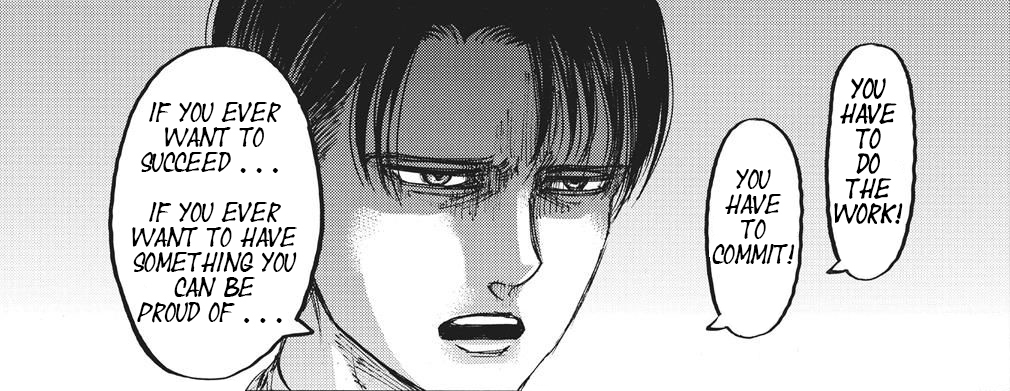
Evaluation
| Class Discussions | 20% |
| Paper 1 | 17.5% |
| Paper 2 | 22.5% |
| Exam 1 | 17.5% |
| Exam 2 | 22.5% |
| TOTAL | 100% |